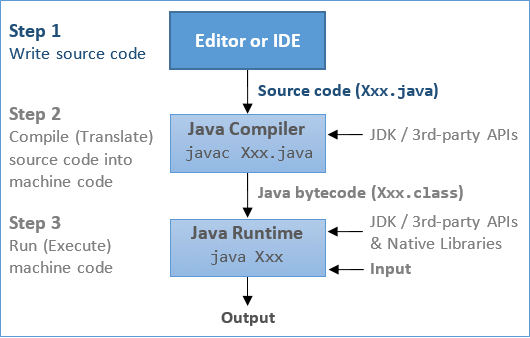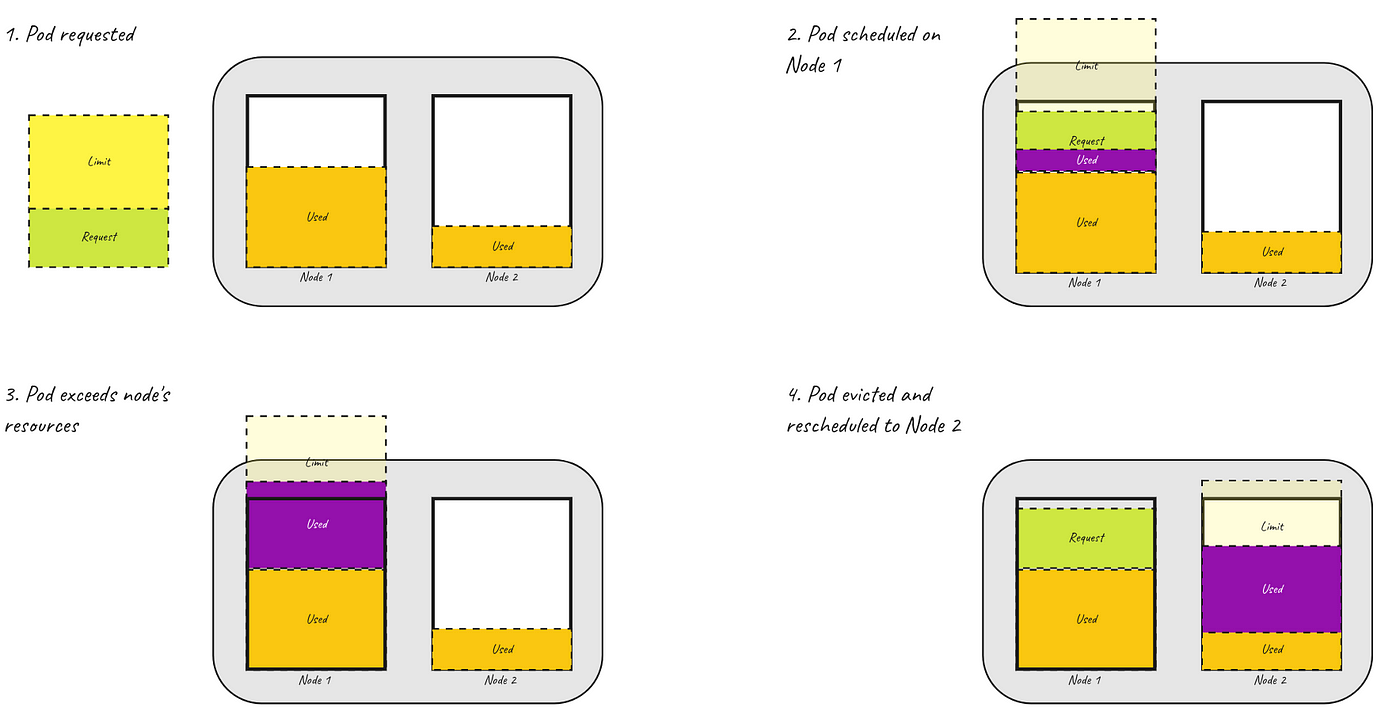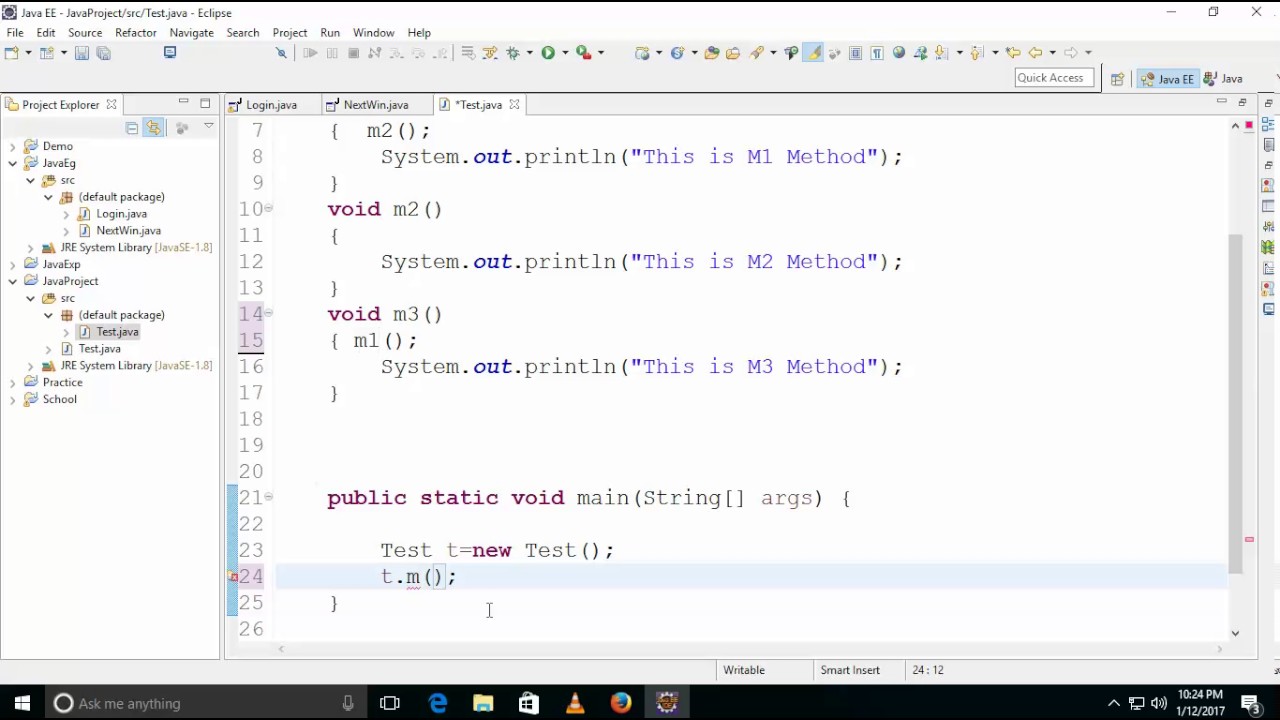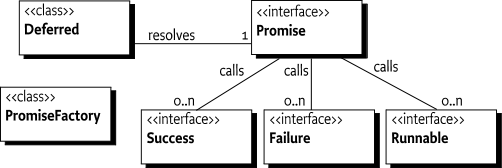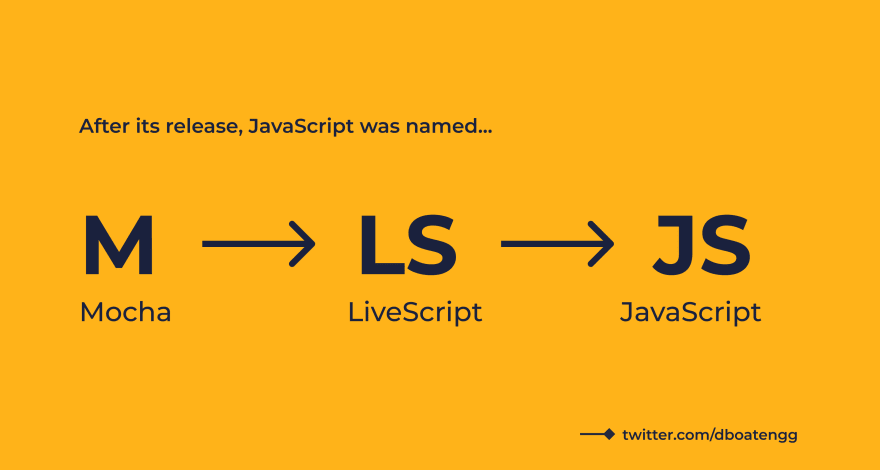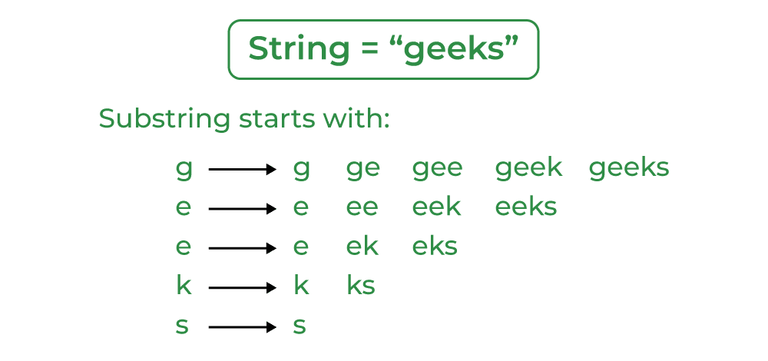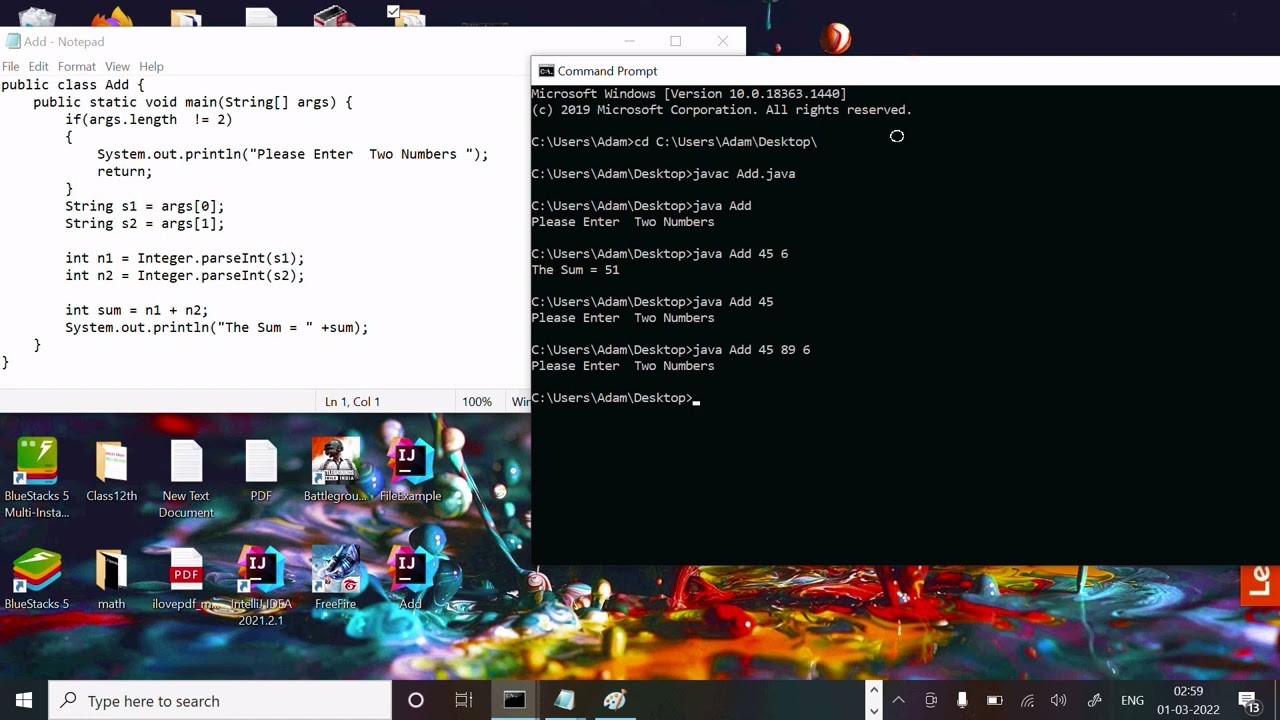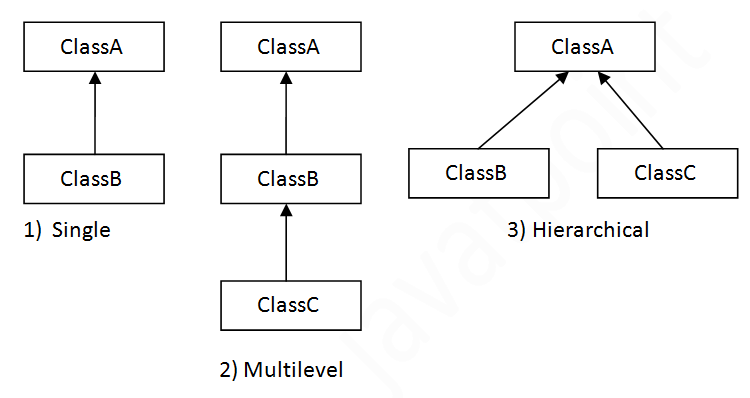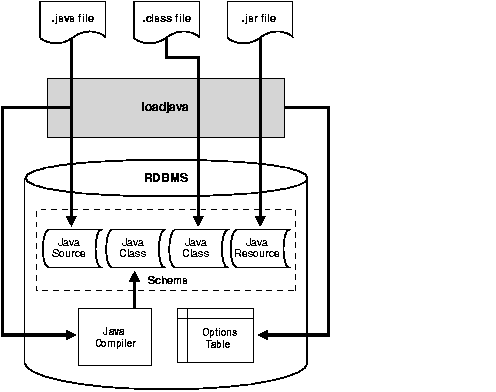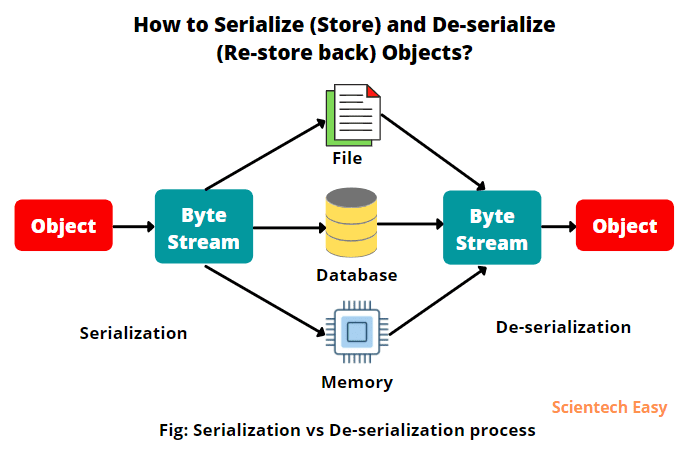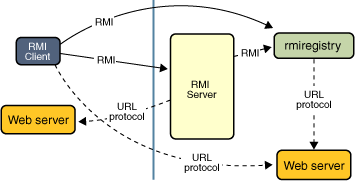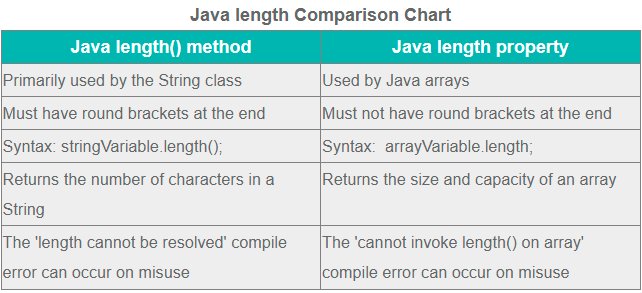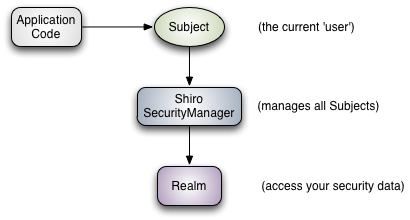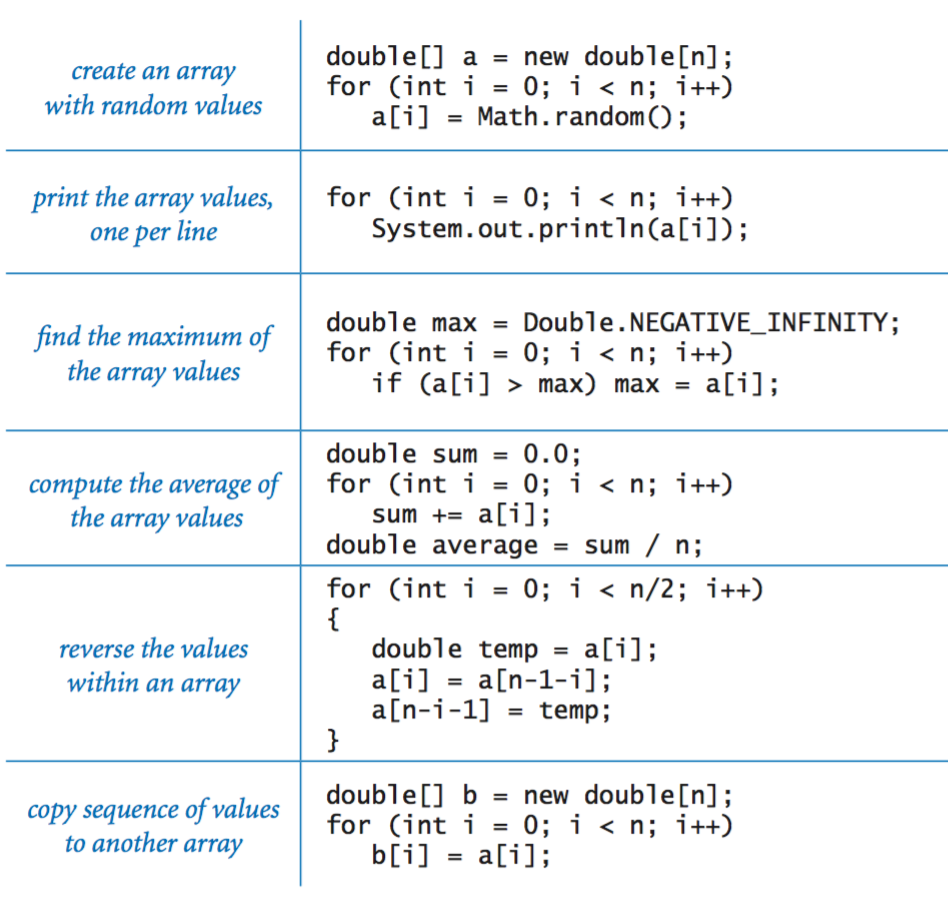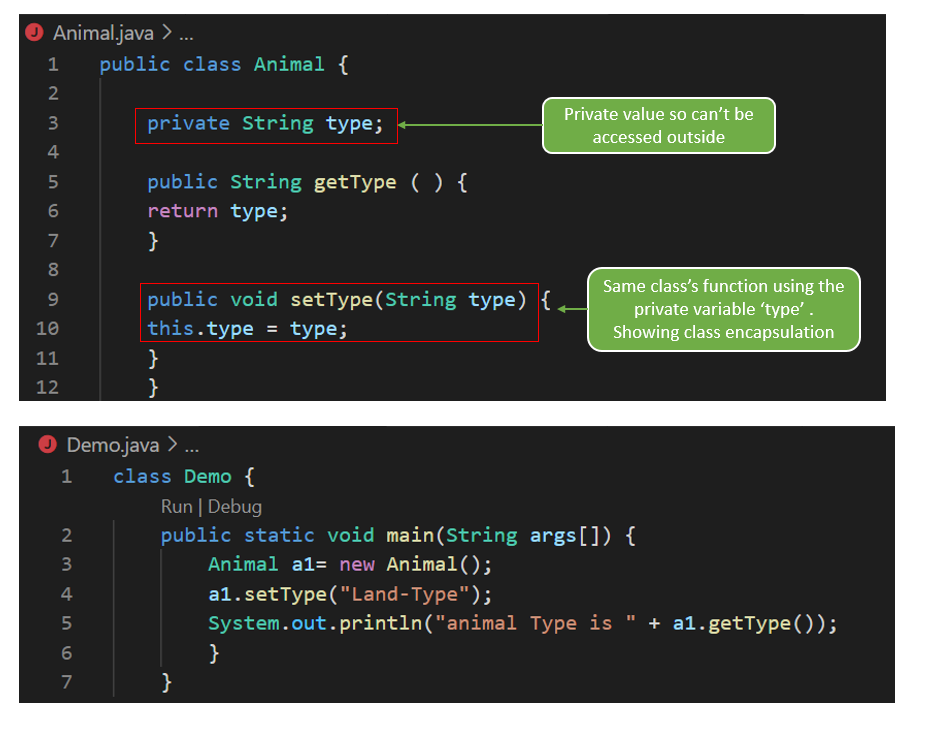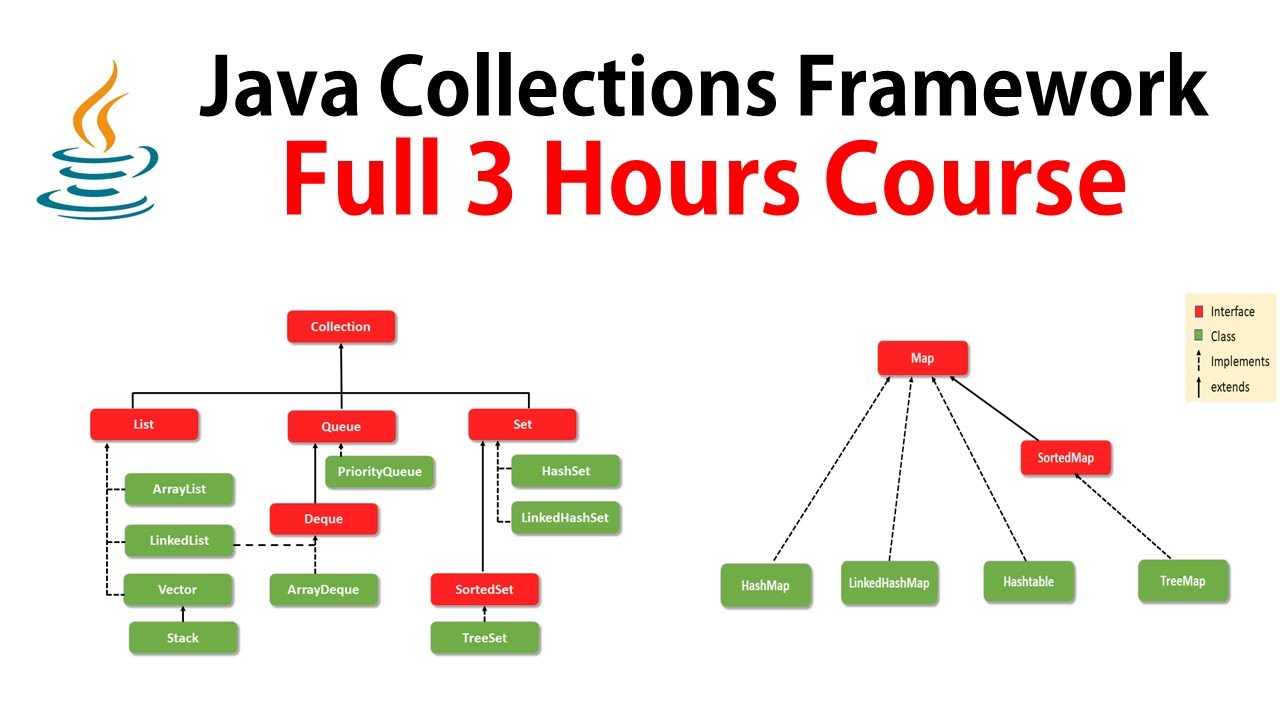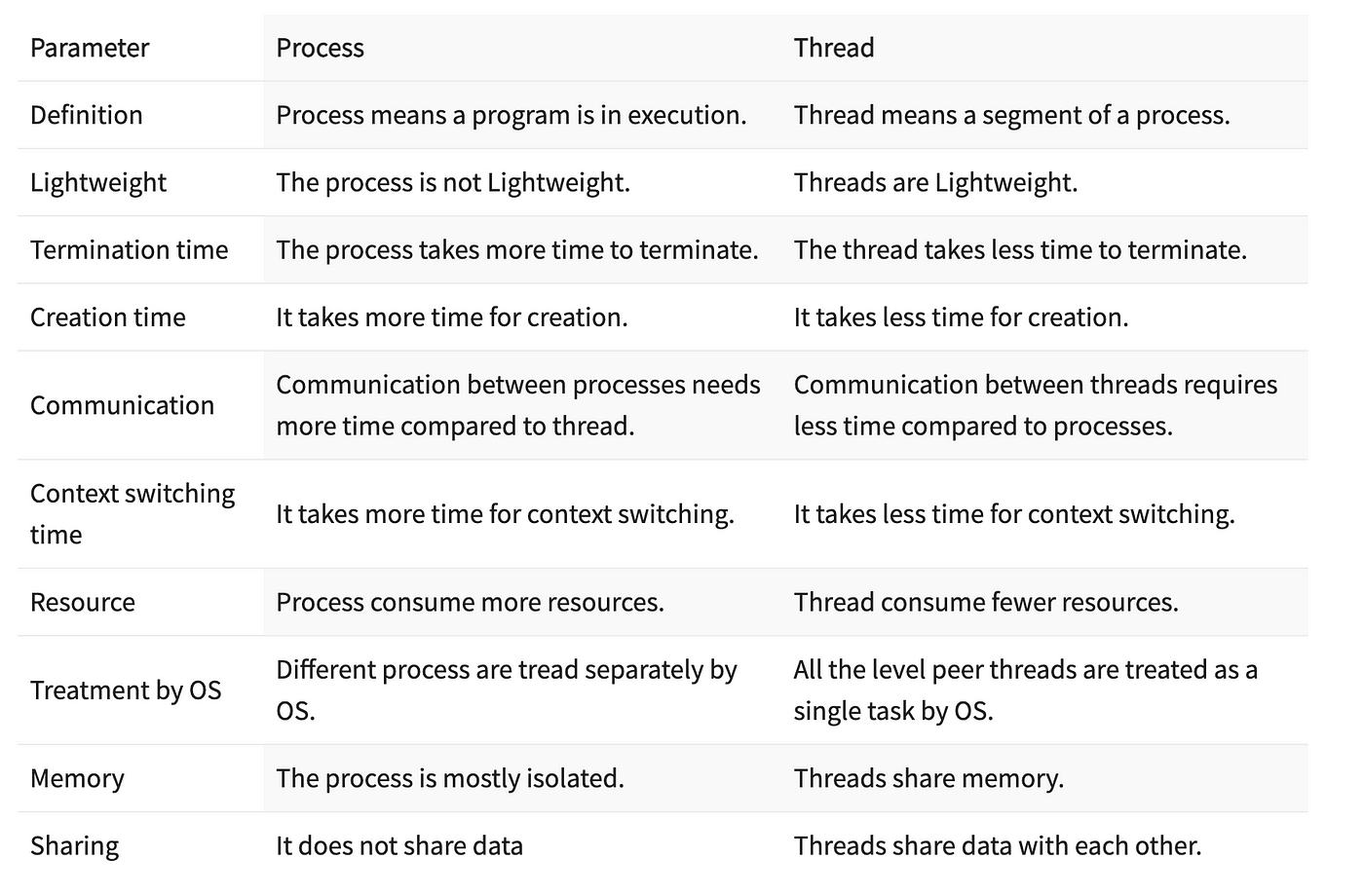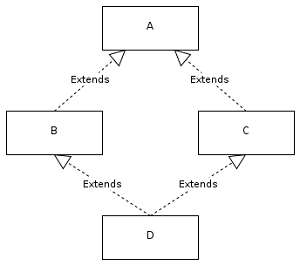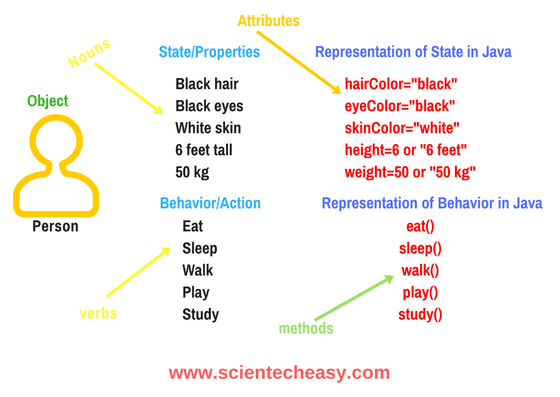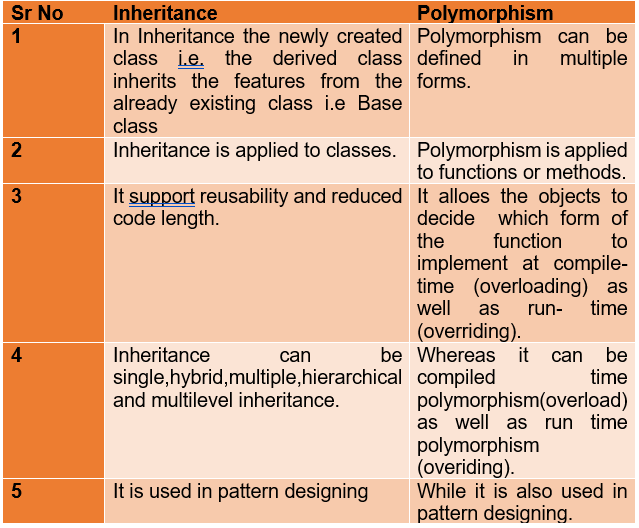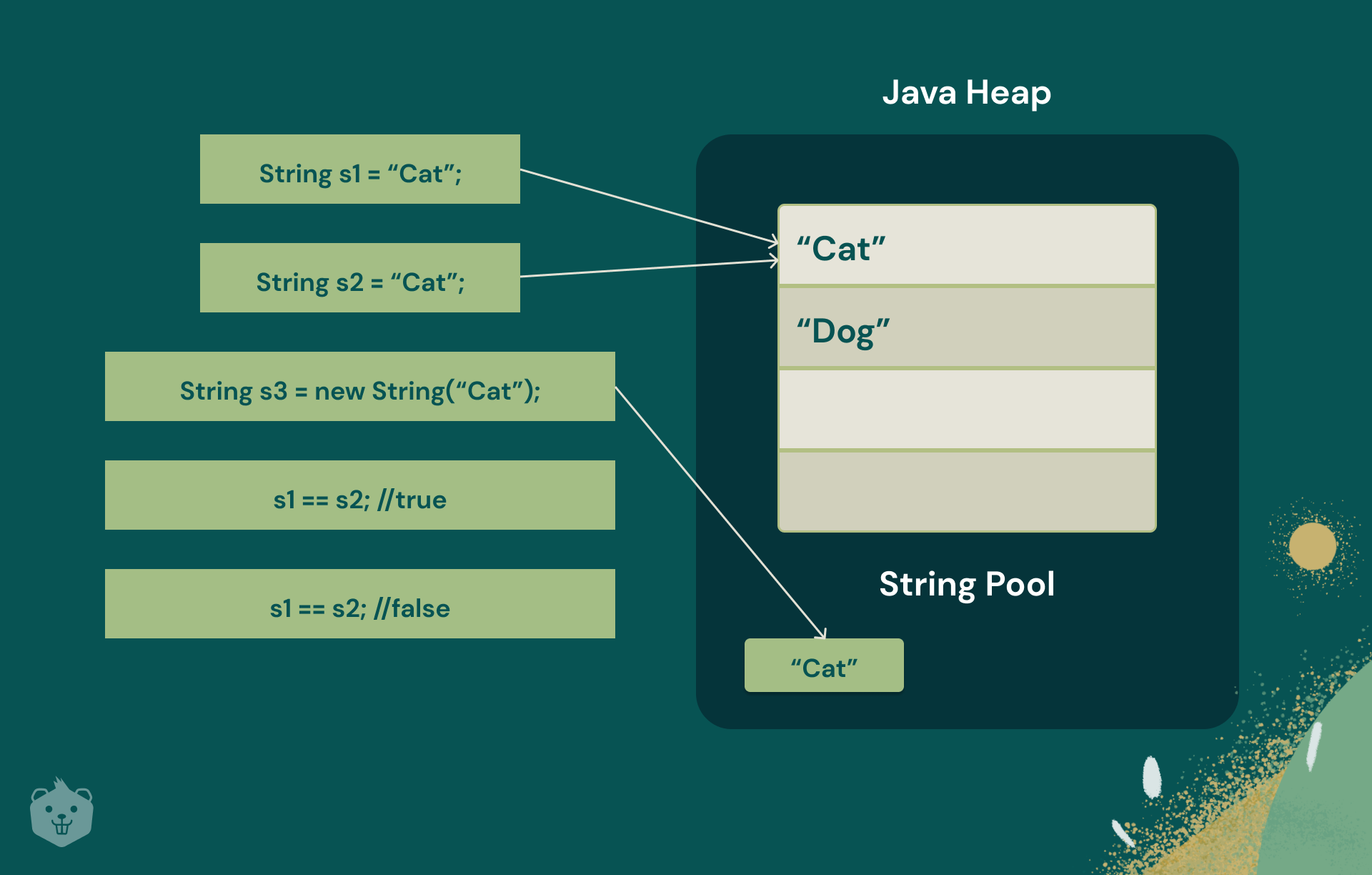Java deadlock detection
Java deadlock detection
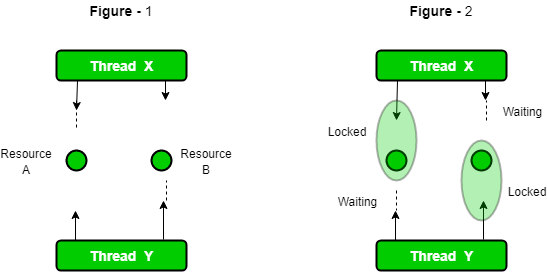
Java deadlock detection is a crucial aspect of ensuring the correctness and reliability of concurrent programs in Java. Deadlocks occur when two or more threads are blocked indefinitely, each waiting for the other to release a resource. In this response, I will outline some common techniques used for deadlock detection in Java.
1. Wait-for-Graph: One effective way to detect deadlocks is to construct a wait-for-graph, which represents the order of threads waiting for resources. A graph node represents a thread, and an edge between two nodes indicates that one thread is waiting for another. If the graph contains a cycle (a closed path), it means there's a deadlock.
2. Resource-Graph: Another approach is to create a resource-graph, where each node represents a resource, and edges connect resources with threads that are using or requesting them. A deadlocked scenario appears when two threads are waiting for each other's resources, forming a cycle in the graph.
3. Livelock Detection: While not exactly a deadlock, livelocks occur when multiple threads are competing for shared resources, causing an indefinite delay. Techniques like lock profiling and thread contention analysis can help identify such scenarios.
4. Thread Dump Analysis: In Java, thread dumps provide information about the current state of all threads in the system. By analyzing these dumps, you can identify threads that are blocked or waiting for each other, indicating potential deadlocks.
5. Profiling Tools: Utilizing profiling tools like JMC (Java Mission Control) or VisualVM, you can inspect CPU and memory usage, thread contention, and garbage collection patterns to detect potential deadlocks.
6. Automated Testing: Writing automated tests that simulate concurrent scenarios and check for deadlock situations can help identify potential problems early on.
7. Code Review: Thoroughly reviewing the code for concurrency-related issues, such as incorrect locking or resource management, can prevent many deadlocks from occurring in the first place.
Java Libraries: Some Java libraries and frameworks provide built-in support for detecting deadlocks, such as:
JCIP (Java Concurrency Interest Project): Provides a framework for detecting and preventing deadlocks. Java Concurrency API: Includes classes likeLock and Semaphore, which can help detect potential deadlocks.
To summarize, effective deadlock detection in Java relies on a combination of these techniques. By regularly inspecting your code's concurrency-related aspects, you can ensure the reliability and correctness of your concurrent programs.
What is a deadlock in Java?
A deadlock in Java refers to a situation where two or more threads are blocked indefinitely, each waiting for the other to release a resource. This phenomenon occurs when multiple threads try to access shared resources simultaneously, resulting in a "deadlock" condition where none of the threads can proceed.
To understand this concept better, let's break it down:
Mutual Exclusion: When two or more threads compete for shared resources like locks, semaphores, or monitors, and only one thread can access the resource at any given time, we have a situation of mutual exclusion. Lock Ordering: When each thread holds onto a lock that another thread is waiting to acquire, it creates a cycle where Thread A has Lock X and is waiting for Lock Y held by Thread B, while Thread B has Lock Y and is waiting for Lock X held by Thread A.Here's an example scenario:
Suppose we have two threads, T1 and T2, that are trying to print numbers in sequence. Each thread requires a lock to ensure exclusive access to the printing process.
Thread T1 acquires Lock X to print even numbers (2, 4, 6), while Thread T2 acquires Lock Y to print odd numbers (1, 3, 5).
Initially, everything seems fine, but things become problematic when one thread (let's say T1) releases its lock (Lock X) and waits for the other thread (T2) to release its lock (Lock Y). Meanwhile, Thread T2 also releases its lock (Lock Y) and waits for Thread T1 to release Lock X.
Now we have a deadlock:
Thread T1 is waiting for Lock Y (held by Thread T2), while Thread T2 is waiting for Lock X (held by Thread T1).
Since neither thread can proceed without the other, they are stuck in an endless cycle, and the program appears to be frozen or "dead." This is known as a deadlock.
Causes of Deadlock:
Mutual exclusion Hold-and-wait (each thread waits for another thread) No preemption (a thread cannot force another thread to release a lock)How to Avoid Deadlocks in Java:
Avoid Nested Locks: When acquiring locks, ensure they are not nested (e.g., Lock X and Lock Y). If necessary, use more advanced locking mechanisms like read-write locks. Use Non-Recursive Locking: Instead of recursively acquiring the same lock, consider using a different approach, such as using a single lock for multiple operations. Prioritize Threads: Use thread priority or scheduling algorithms to ensure that threads are executed in an order that avoids deadlocks.In summary, deadlock in Java occurs when two or more threads are stuck waiting for each other to release resources, creating a cycle of mutual exclusion and hold-and-wait. By understanding the causes of deadlock and taking steps to avoid it (such as using non-recursive locking), developers can write more robust and efficient concurrent programs.
